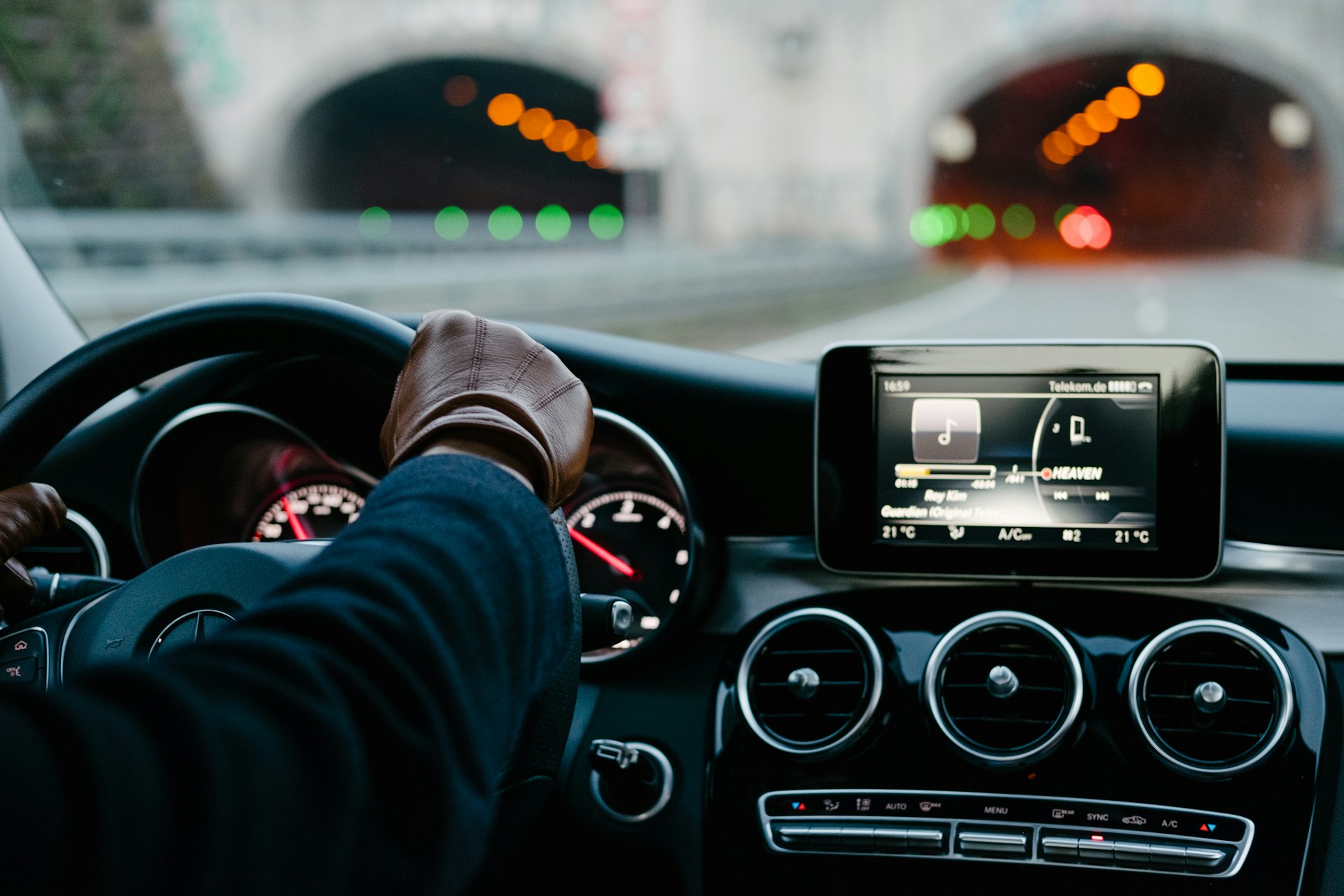It’s time to buy some new tyres – but just what should you look for when purchasing a tyre? Below are a few of the different factors that could be worth considering when tyre shopping.
Size
The most important thing to get right is the size. Different cars require different sized tyres and the best way to find out which size you need is to check your existing tyres – the size information should be written on the tyre sidewall. Alternatively, there may be a sticker on the inside of your door or information in the vehicle owner’s manual.
Condition
Buying used tyres? Such tyres can be cheaper than brand new tyres, but you need to be wary of the condition – there’s no point replacing a worn tyre with one that is only slightly less worn. Make sure the tyre meets minimum legal tread depth requirements and that there are no scratches, bulges or objects stuck in the tyre.
Age
Buying pre-owned tyres that have never been used? Even if they’ve never touched the road, they could still be unsafe to use if they’ve been sitting around for many years. Even when stored in optimal conditions, tyres typically only have a max life of about 10 years before they start seriously degrading. Check the date of manufacture on the sidewall of the tyre before installing to check it’s still usable.
Seasonality
You can buy summer tyres, winter tyres and all-season tyres. Summer tyres are designed for hotter temperature – they are made from harder rubber and are very rigid. Winter tyres are designed for snow and ice – they are made from softer rubber and deep grooves to provide more grip. All-season tyres are a happy medium that can survive well in all temperatures. They are the most popular choice because of their versatility.
Fuel efficiency
Some tyres such as these truck tyres are designed to provide low rolling resistance, which can help to reduce fuel consumption. Although sometimes pricier to buy, such tyres could save you money in the long run in fuel. Many modern tyres will have a fuel efficiency rating from A to G that determines how economical they are (A is the best and G is the worst).
Noise rating
Many modern tyres also come with a noise rating, which can help tell you how loud they are at speed. The EU uses an A to C rating – with A being the quietest and C being the loudest. If you want to bring down the volume of your car, consider opting for A-rated tyres.
Cost
Tyres can vary dramatically in cost depending on how basic or specialist they are. Low end tyres can cost as little as £50. High end tyres can cost as much as £1200. The average amount that people spend is typically about £100 per tyre – this should provide you with a mid-range tyre that will last at least a couple years. Expect to pay more for ‘sports’ tyres from brands like Michelin, Bridgestone and Pirelli.







